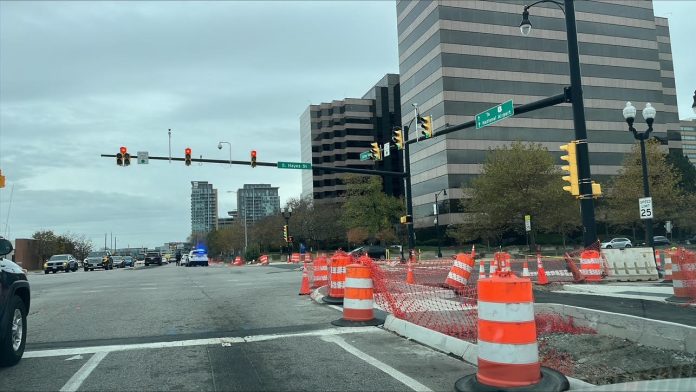Arlington streets were safer for both cars and pedestrians in 2024. That’s the main takeaway from the county’s latest Vision Zero report. Launched in 2021, Vision Zero seeks to eliminate all car crashes, fatalities and serious injuries by the year 2030.
Arlington saw a total of 1,536 crashes last year, one of which was fatal. That’s down 4% from the prior year when there were 1,603 crashes, four them with fatalities. (The report does not include crashes on interstates I-66 or I-395 or the George Washington Memorial Parkway.)
“I’m hopeful that it is because we have done a lot over five years,” says Vision Zero Program Manager Christine Baker, adding that pedestrian and bike crashes were also down in 2024. “[The data] is really showing those improvements we’ve been working on to help reduce the vehicle- to-vehicle crashes we see at some of our bigger intersections. It’s great to see that reflected.”
Arlington residents have likely seen Vision Zero’s work around town, in the form of new traffic signals, new crosswalks, green bike lanes and new reduced speed zones and tactical speed humps in school zones.
Below are the Arlington intersections that saw the highest number of crashes last year, with details about Vision Zero’s planned safety improvements at each location. Four intersections are tied, with 13 crashes each.
1. Eastbound Langston Blvd. & N. Lynn St.
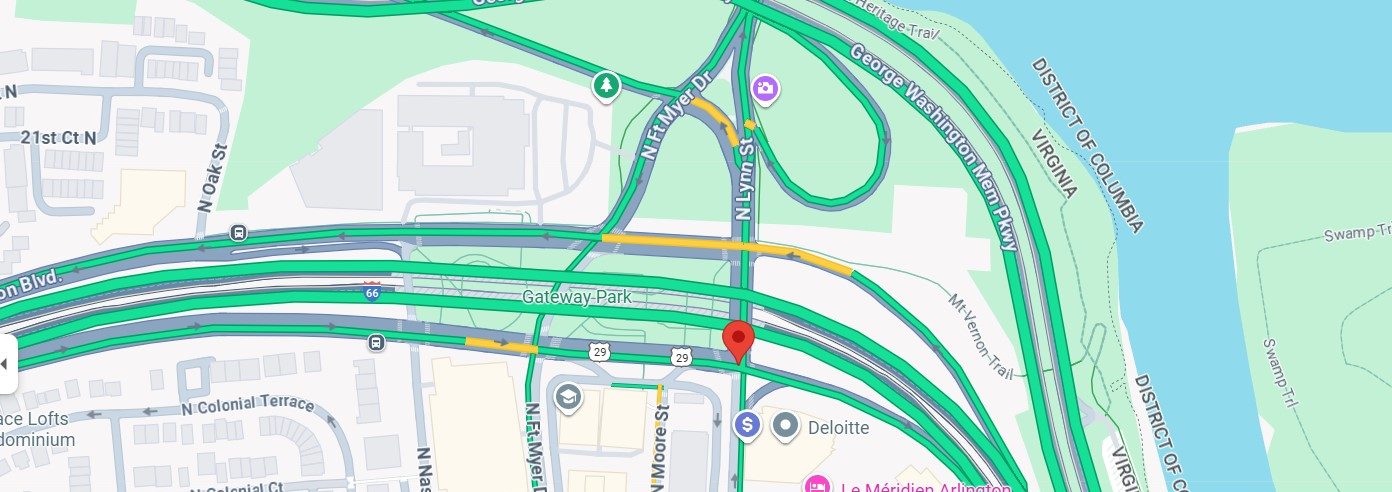
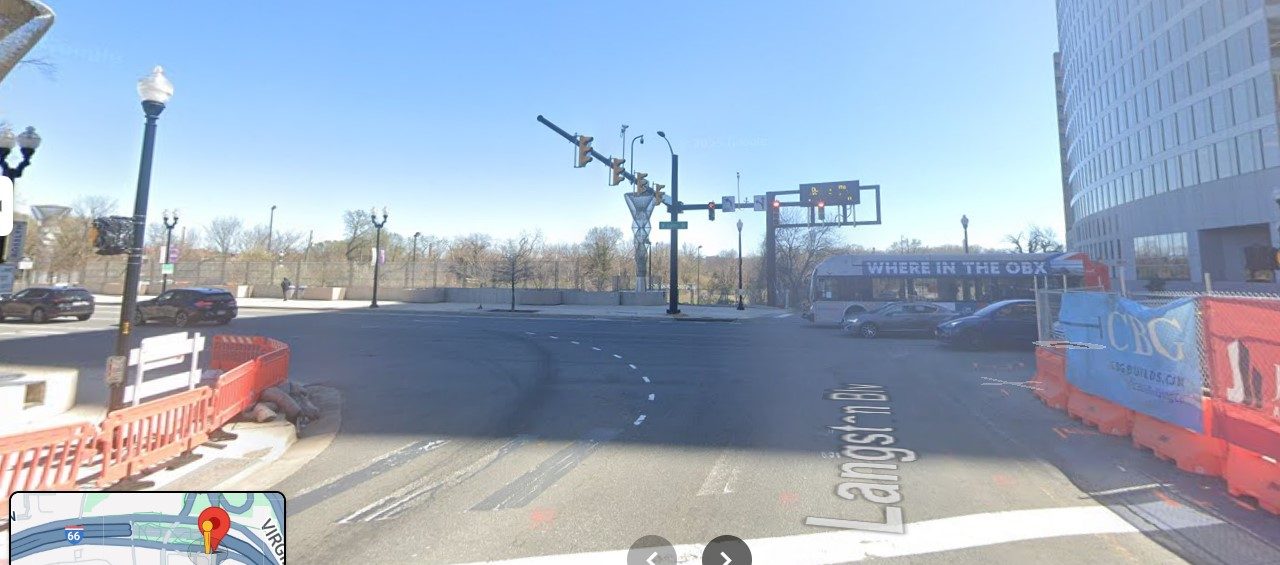
Crashes in 2024: 26
The problem: This intersection appears twice in this year’s breakdown due to the number of crashes in both its eastbound lanes (highlighted here) and its westbound lanes, which tied at No. 4. The complex and heavily trafficked zone has endured construction challenges from the RCA building site in Rosslyn, with orange bollards narrowing an area where three major highways converge (the George Washington Parkway, Route 66 and Langston Boulevard), and traffic vying to get onto the Francis Scott Key Bridge. Fixes: The county is working with construction managers and monitoring the area for suggested improvements. Once construction wraps up, the team will continue to monitor the intersection to determine if it needs further safety treatments.
2. S. Hayes St. & Army Navy Drive
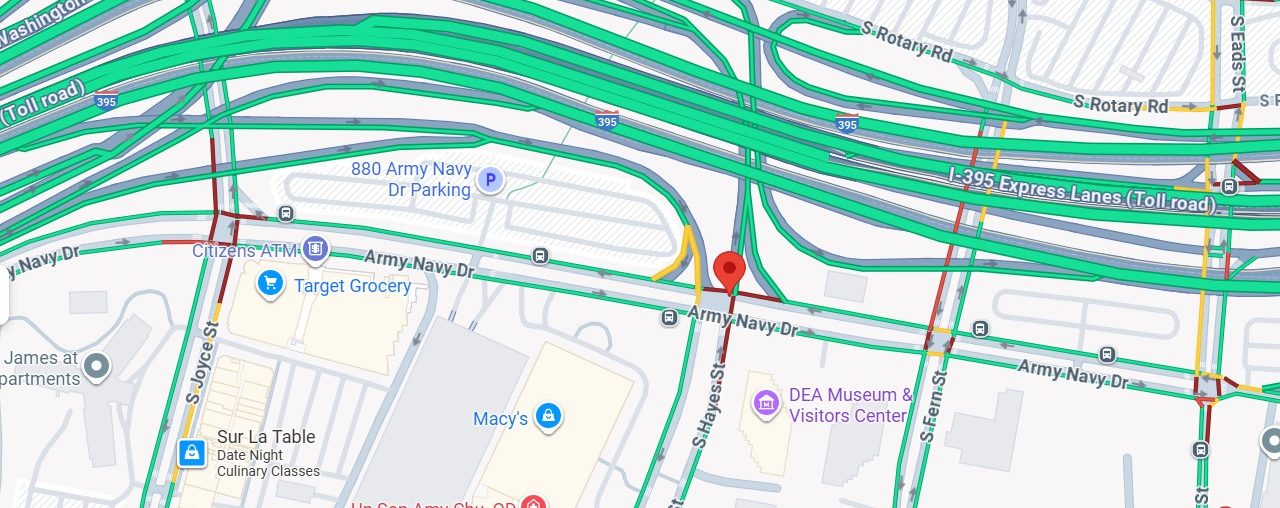
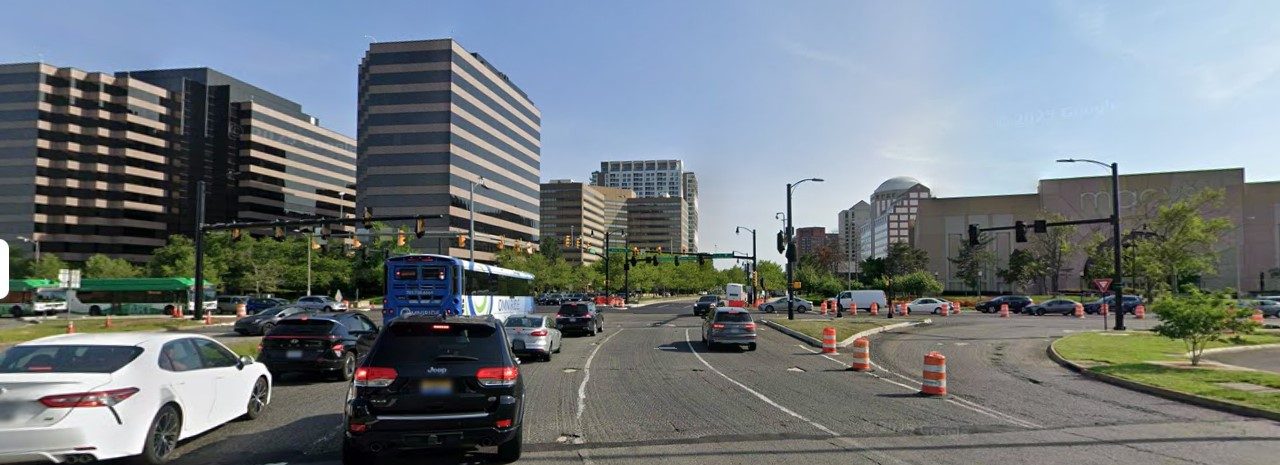
Crashes in 2024: 19
The problem: A noted trouble spot for the second year in a row, this intersection sees large volumes of fast-moving traffic exiting Route 395 and entering the busy shopping district along South Hayes Street. Fixes: The county worked with VDOT (Virginia Department of Transportation) to add two designated left turn lanes, each with left arrow signals, at the bottom of the 395 exit ramp onto South Hayes. They also added a designated right turn lane with a right arrow signal, and improved sidewalks and bike lanes. Baker says the number of accidents has already been significantly reduced by the improvements. She expects this area to drop off the top five list next year.
3. Washington Blvd. & S. Walter Reed Drive
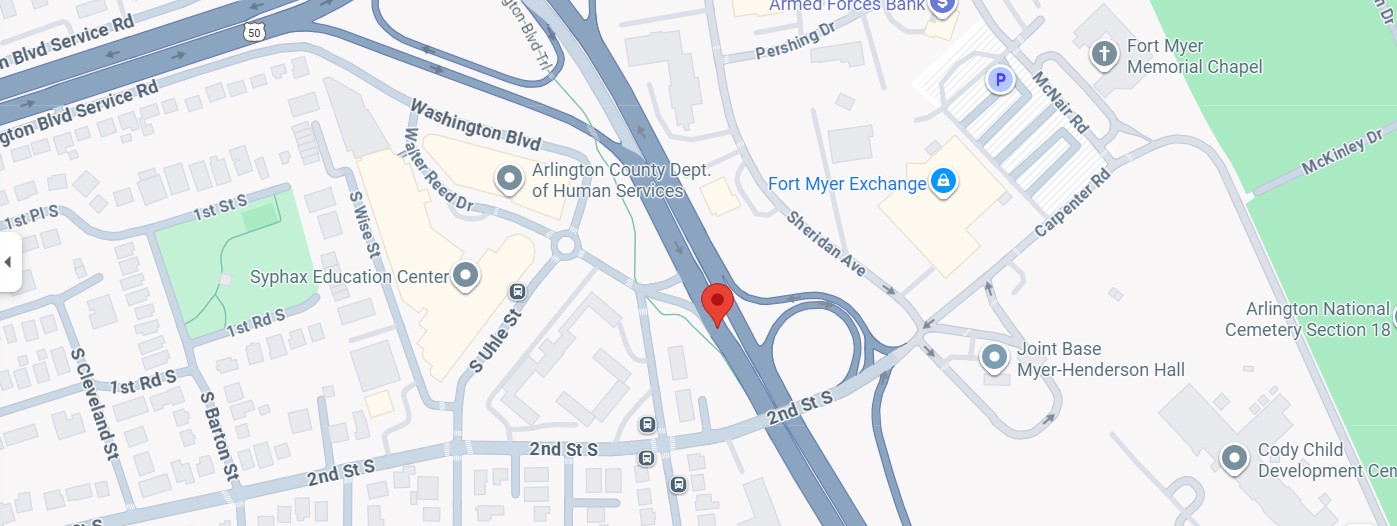

Crashes in 2024: 17
The problem: Rear-end collisions are the main issue dogging this location. The ramp from S. Walter Reed Drive onto Washington Boulevard has no merge area. Additionally, drivers entering the highway must contend with vehicles entering from Route 50 just a few yards north. “So someone has to stop short because they see (another car) coming. It’ll cause a rear-end crash, and sometimes it backs onto South Walter Reed,” Baker says. Fixes: The county has flagged this intersection for review. They will study it and collaborate with the state on a solution.
4. Westbound Washington Blvd. Off-Ramp to Westbound Arlington Blvd.
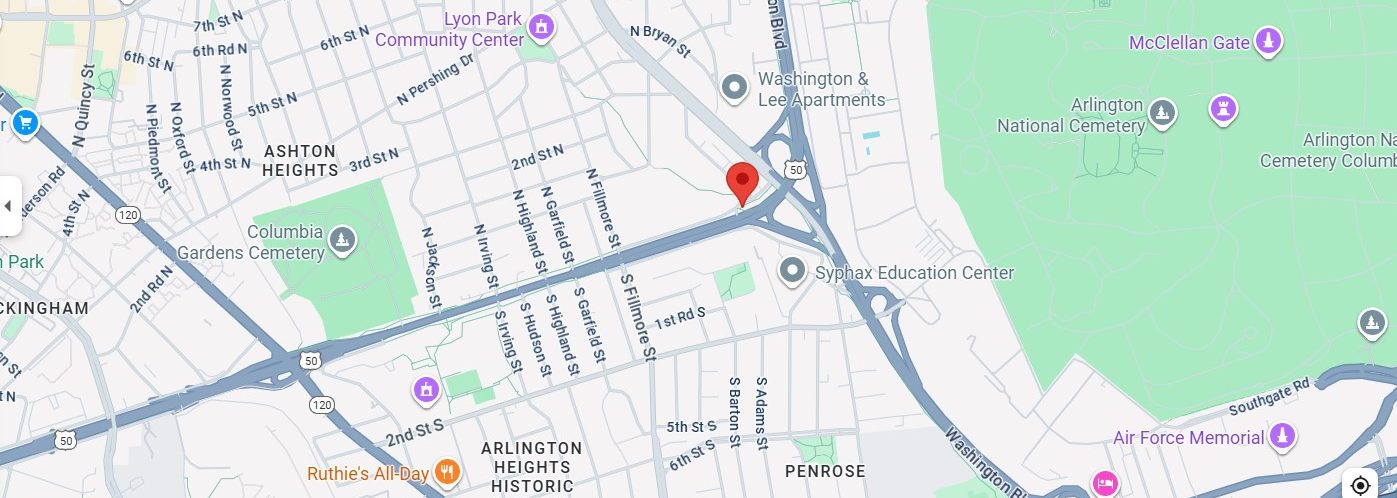
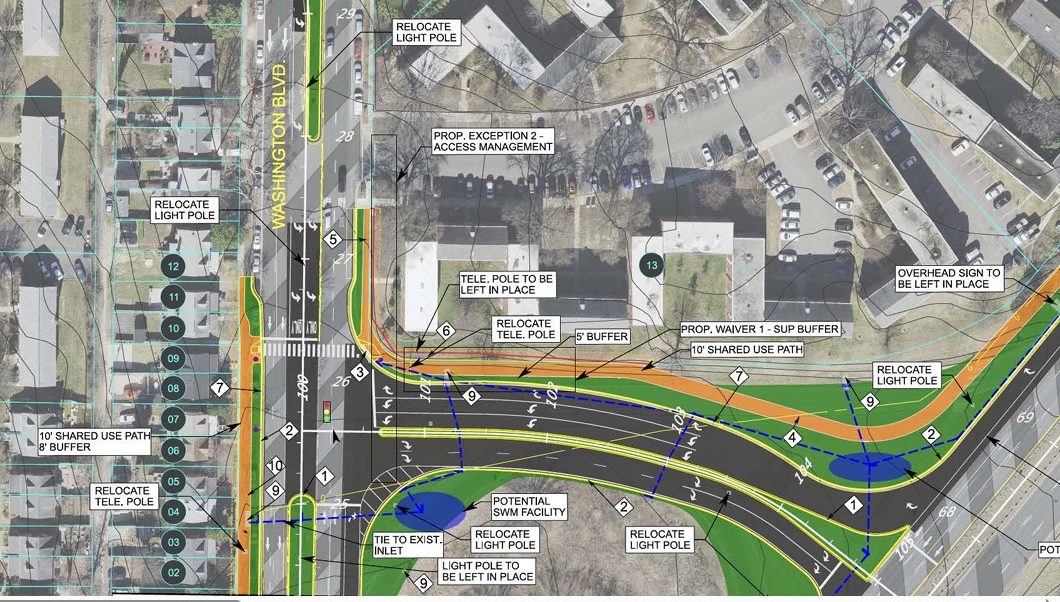
Crashes in 2024: 13
The problem: Cars traveling northwest on Washington Boulevard (Route 27) face a short merge area to get onto Arlington Boulevard (Route 50) westbound, resulting in frequent rear-end collisions. Adding to the confusion, a bike/pedestrian trail crosses the bottom of the ramp. Fixes: The county received $32.3 million in VDOT grants to improve this area. Proposed changes to the ramp include adding a traffic light and a new option to turn left onto Washington Boulevard going southeast, whereas currently you can only turn right.
5. Langston Blvd. & Spout Run Parkway
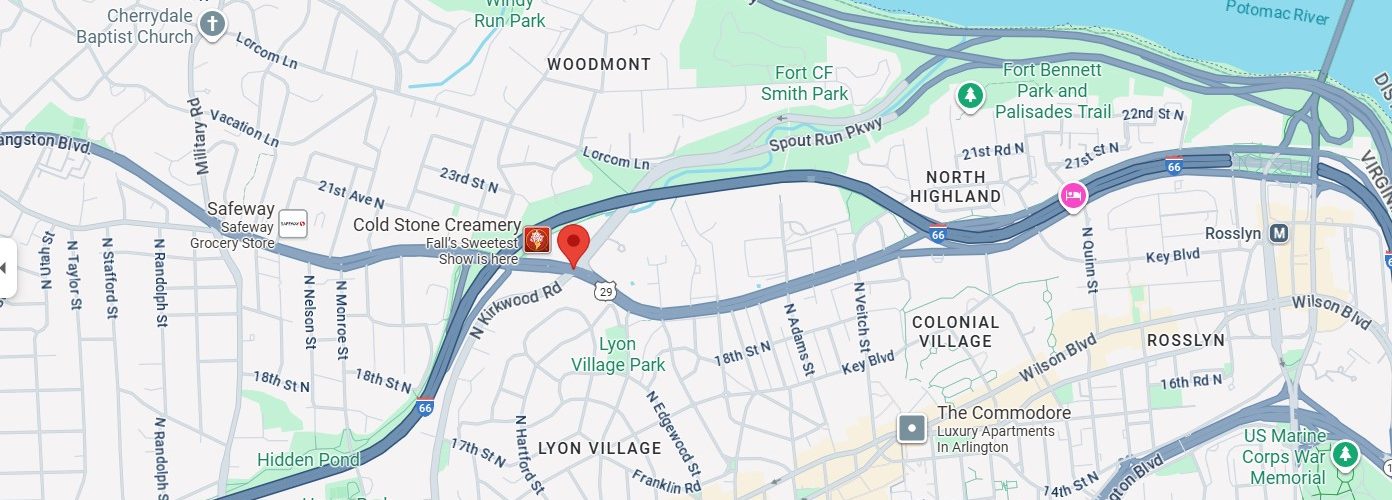
Crashes in 2024: 13
The problem: Drivers running red lights is common at this intersection, where traffic headed for the George Washington Parkway creates a bottleneck. In the fall of 2024, Vision Zero installed a new red light camera here. It is now the highest red light ticket intersection in the county, according to Baker. Fixes: The county is working with VDOT, which owns both roads, to examine options for installing two left turn lanes with their own signals.
6. Westbound Langston Blvd. & N. Lynn St.
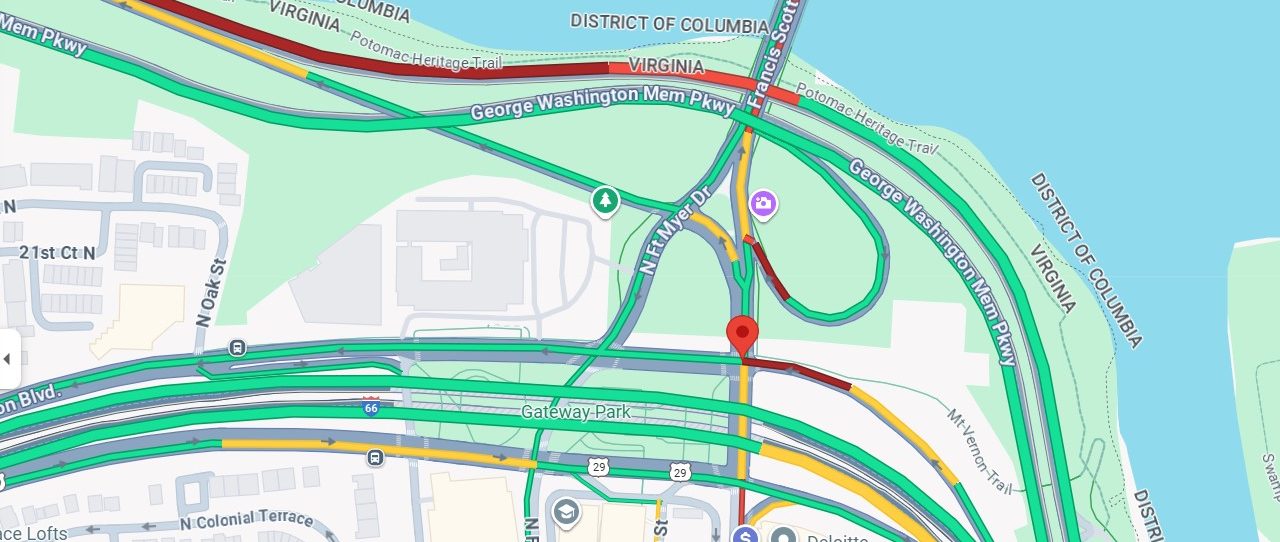
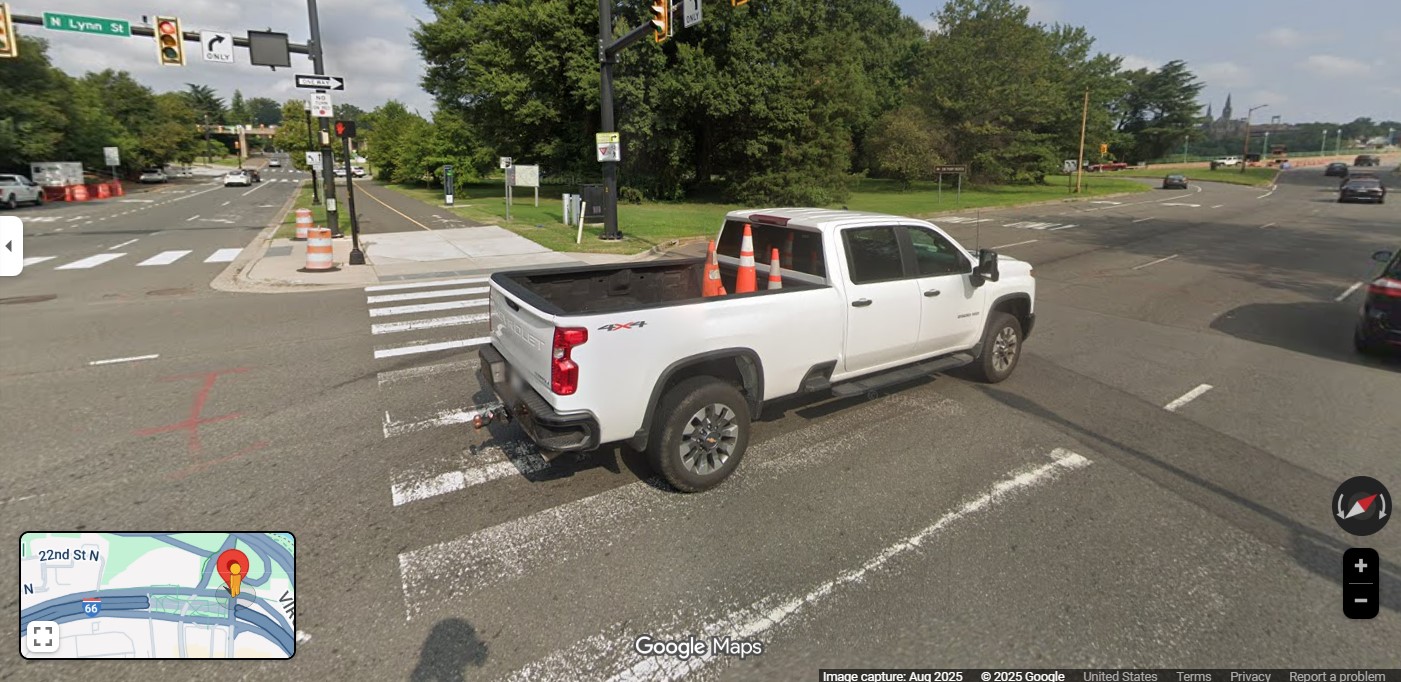
Crashes in 2024: 13
The problem: This expansive intersection (ranked No. 1 on this year’s list for its eastbound lanes), has been further stymied by temporary construction challenges. Traffic coming and going from the George Washington Parkway, Key Bridge and Route 66 must contend with frequently changing traffic patterns to accommodate the building zone. Fixes: The county is working with partners at VDOT to study alternatives for improvement.
7. Richmond Highway at Marshall Drive
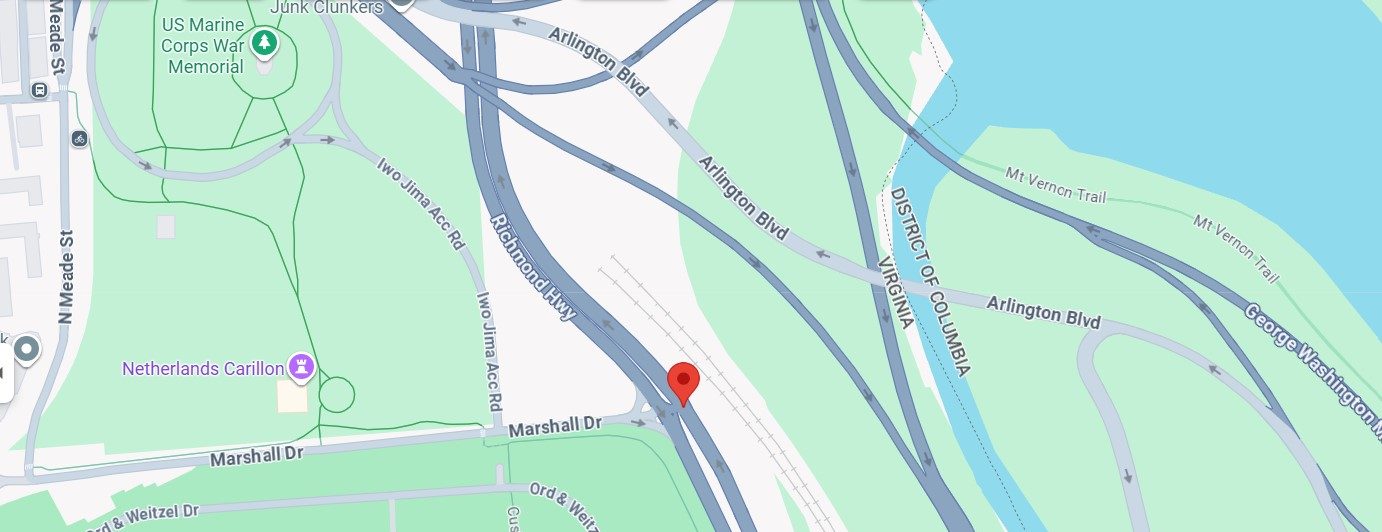
Crashes in 2024: 13
The problem: Drivers speeding down a highway at 40 mph (or faster) don’t usually expect to contend with cars crossing all the lanes of highway traffic. But that’s exactly what’s happening on Richmond Highway (Route 110), where northbound drivers are allowed to turn left and cross all southbound lanes to get to Marshall Drive. Fixes: In 2019, Vision Zero added extra signage warning drivers to slow down and be aware. That was right before Covid dramatically reduced traffic. Now that road congestion is returning to normal levels, it’s a problem again. Vision Zero is taking a fresh look at this area and working with VDOT, which owns the highway.
In the Works
In the months ahead, Baker says the county will focus on collaborating with VDOT to improve roads that are owned and maintained by the Commonwealth of Virginia. These include hot spots along Glebe Road, Arlington Boulevard, Langston Boulevard and Army Navy Drive.
“On state roads, we have to go through a long permitting process,” she explains. “It can be really challenging to get approval on some of the improvements that we want to make. These are bigger roads. We’re talking about evacuation routes. We’re talking about roads that connect the region.” The concerns are justified, she adds. “But it does just make the process much longer.”
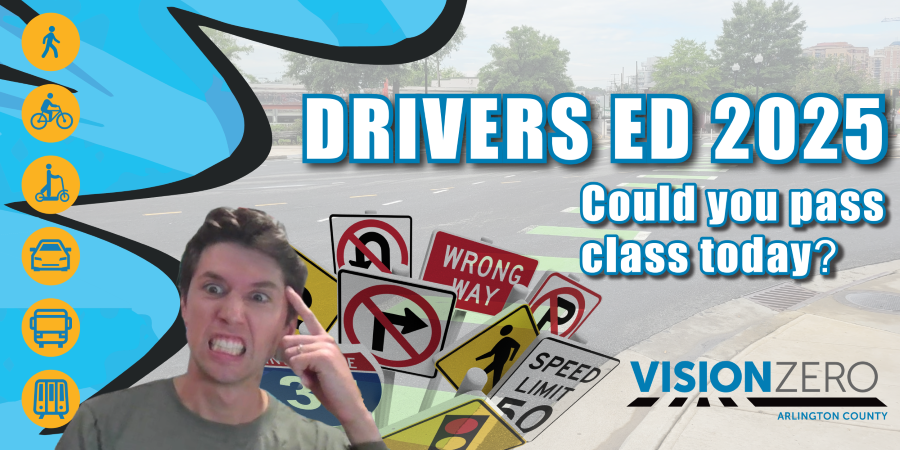
In the meantime, Vision Zero is continuing its public outreach programs, with each month’s messaging focusing on a different theme, from speeding to scooter safety to navigating construction zones. September’s theme, “Driver’s Ed 2025: Could you pass class today?” invites Arlington drivers to take the online Vision Zero Quiz to see how well they really know the rules of the road. More than 1,000 people have already taken the quiz.
“We tried to touch on all these new kinds of tools that might not have been in driver’s ed when a lot of people who are currently driving took it in the ’70s or ’80s,” says Baker.
Arlington drivers can also expect to see a new pilot program designed to reduce speeds in some areas. New markings and signage will be installed starting this fall.
“The slower you’re going, the less likely it is that somebody will get hurt if you have a crash,” Baker says. “At the end of the day, we’re just looking to really reduce those injuries. That is our number one goal.”
